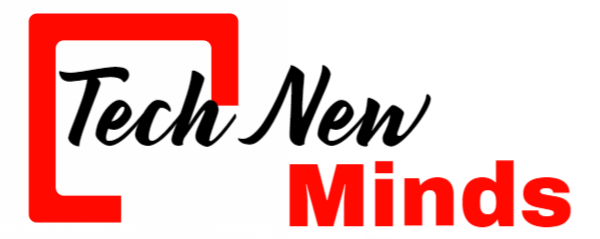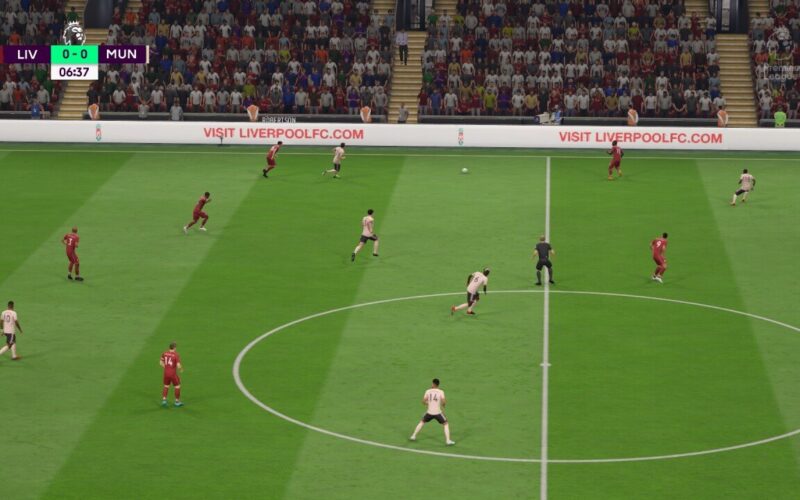In the small fishing village of Aveiro (Portugal) they have a huge building. Where more than 400 video analysts work 24 hours a day to be able to record the data of all the matches. That are play in different sports and places in the world. Three people need for each match: one writes down everything the home team does. Another what the visitor does, and a third for quality control.
“The prices of the data packages can range from 7,000 to 100,000 euros per year,
depending on what the client is looking for. If they want the raw data, they want it already processed. Or they want the software to process them…”, estimates Daniele Trombetta. Sales executive of the company. Wworks with 22 Lilia football teams, including giants such as Barcia or Madrid. And with all the Italian league (they are official suppliers). They recognize that since they started until now. Not much has changed in the way of collecting data or the amount of it, but rather the way of processing it. “That’s the big change,” says Chichi Fernandez, account executive at Stats. “Thanks to new technologies. And artificial intelligence, speed, variety and accuracy have improved. ”That is the large difference that Fernando Rivas has noticed. In 2014 Marin was crown world champion. It was the first time that a Spanish woman won the title, always dominated by the Asian powers.
The data was already there.
“I remember that the day before. The three coaches spent it analyzing the games of the opponent the morning”. Says Rivas, sitting in the CAR, in front of his computer. Today, thanks to the acquisition of automated analysis programs offered by Telephonic. They have been able to reduce the time they spend collecting data. But, above all, the time they spend analyzing it. “We give a point of sophistication to the work that they have been doing for years.” Explains Pedro de Alarcon, head of Telefónica’s 해외축구중계 analytics department. “That’s what’s interesting in his case. Because they have a historical data. Both from Carolina and from her opponents, impressive. And that in badminton nobody has”, he says. In these years, Rivas and his team have analyzed more than 240,000 games. An average of 52,000 data is extract from each of them, which means about 12,500 million to work with.
“That’s where algorithms come in:
a set of computer programs that analyze data to find patterns,” explains De Alarcon. “Our software has been adapt to the specific needs of Carolina. To find the answers she is looking for in that information”. But the advance goes further. “From the real videos of the analyzed matches and taking into account the data. we can recreate with virtual reality the match they want against the opponent they want. That way, Carolina can visualize the match she is preparing for before playing it.” She concludes. Marin memorizes and internalizes the graphics so that on the court she almost senses. What the player on the other side of the net is going to do before she does it. He is not a certainty, but he knows that when his opponent is in a certain area of the court. And throws the shuttlecock in a certain way, he tends to make a particular move on the next play. This allows you to expect certain situations and expect them. If you watch her during a tournament and imagine her head full of numbers. It’s easy to empathize with the seriousness on her face. “ Sometimes, fears and insecurities appear on the track. And you go back to your patterns, but for that I have my coach, to remind me what I have to do”, says the athlete.

